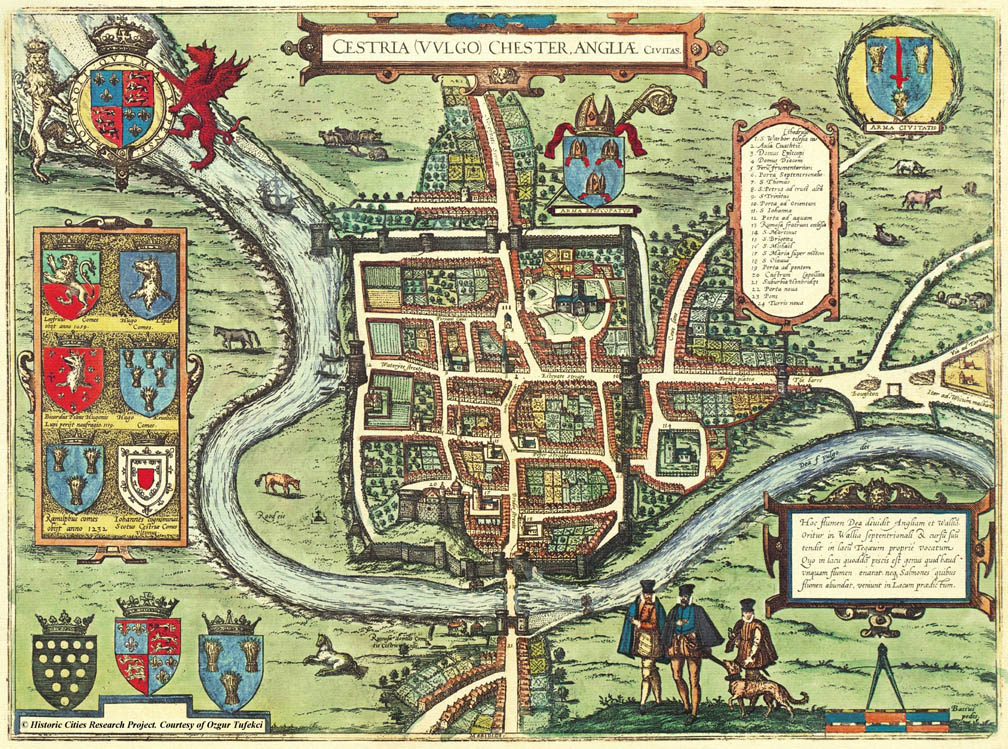
The foundations are laid casually, on a trade route
or close to water, on a nest of bones and spears
hunters leave behind when they grow tired
and crave shelter. The first walls
stand until the first invasion; the first church
is built to the memory
of those who die defending them.
Next are the lookout towers, the public square
with market and gallows, a palace
and a prison. A mechanical clock shows the time.
A century passes. Language flows
through the narrow streets until it becomes
a dialect expressing discontent
it takes a hundred years to create
and which never leaves the tongue. Now comes
the library with its history from vellum
to letterpress, and the museum
filled with other people’s culture. The time arrives
to print new maps. They roll
off the presses. They smell of fresh ink. They show
new roads, the train station, the airport,
and the suburbs expanding beyond the paper.
Arrows indicate the one-way streets,
green the parks, and red the monuments
that survive years of violence and imitate pride
with their frozen gestures: a poet’s finger
at his lip; a composer’s head tilted by a sudden
inspiration; and a general’s face
chiseled from the hardest stone
to survive erosion when the wind is turning
the pages of history.
David Chorlton
